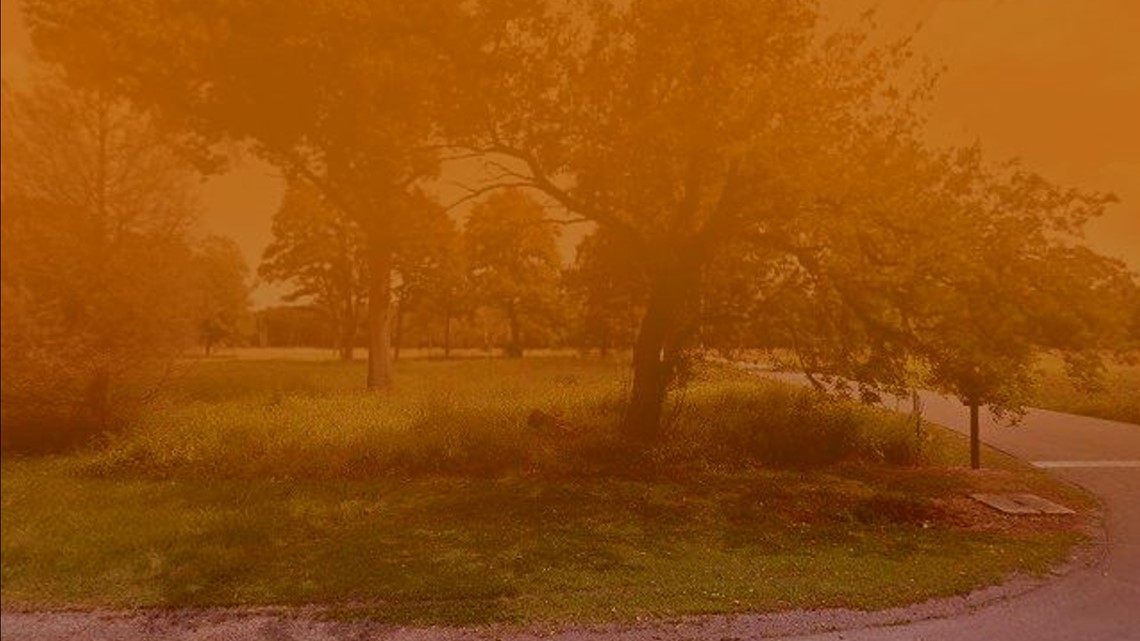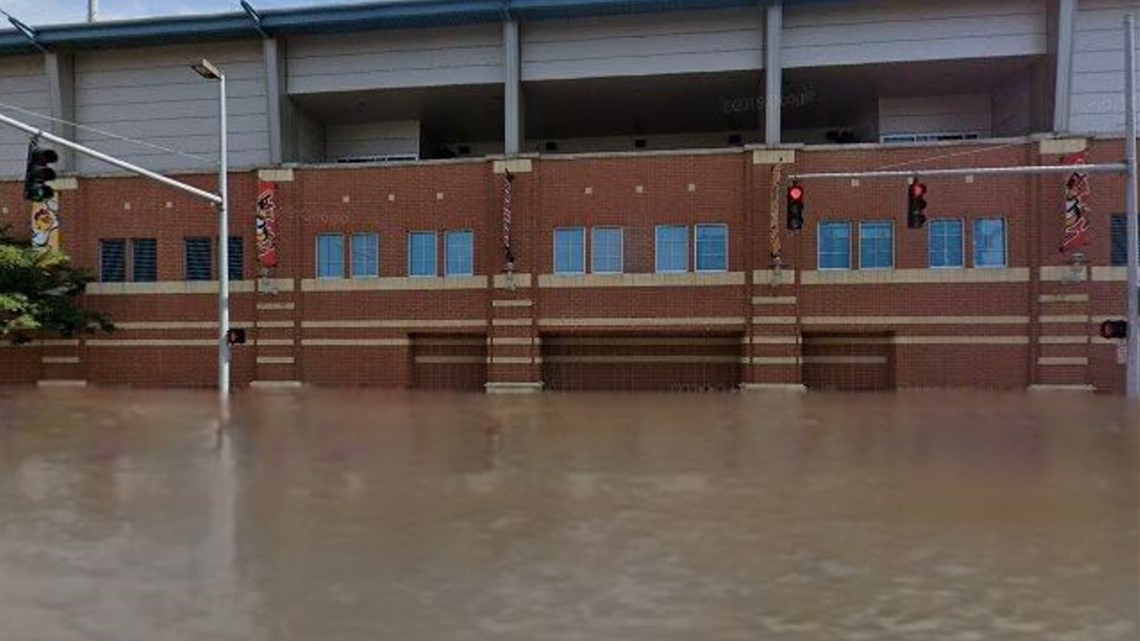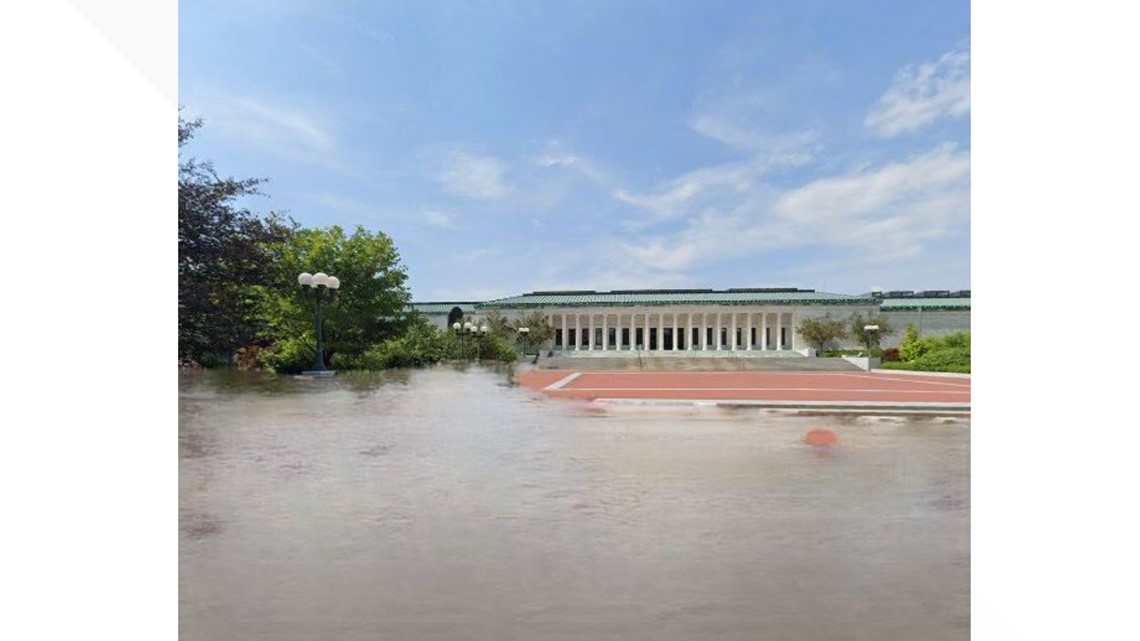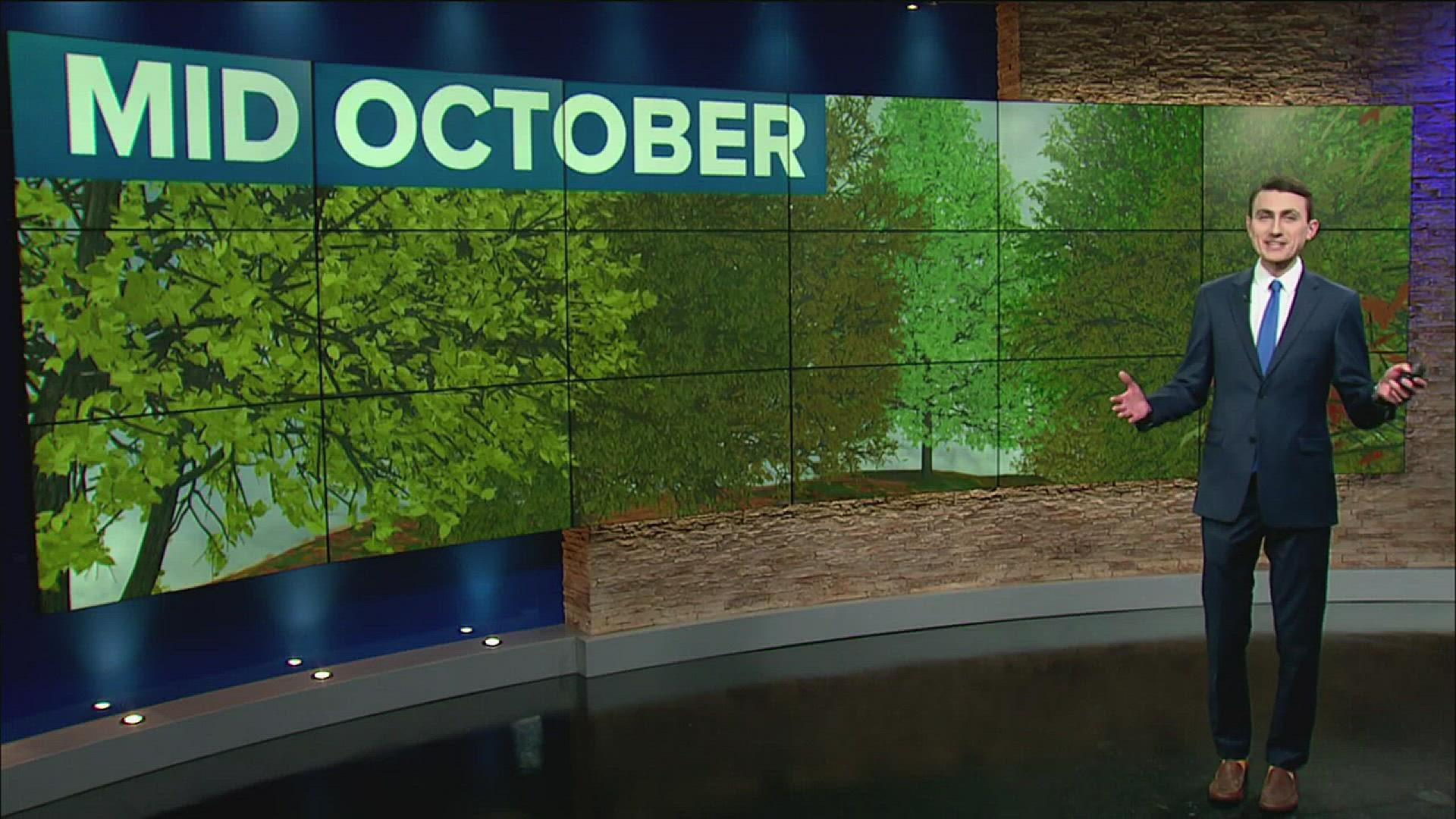TOLEDO, Ohio — Have you ever wondered what Fifth Third Field would look like after a hurricane or if Oak Openings Metropark was caught in a wildfire?
This Climate Does Not Exist uses AI technology to create visualizations of climate disasters for most addresses found on Google Maps. Users can enter in an address or landmark, and see the effects of a flood, wildfire or smog.
The site's creators note "climate change does not affect everyone at the same time or on the same scale. It takes different forms depending on where we live."
The AI visualizations intend to provide "a window into the far-reaching ways climate change affects the lives of millions of people worldwide, except that this window overlooks your street and the places you hold dear."


Follow these steps to see for yourself:
- Go to ThisClimateDoesNotExist.com in your web browser.
- Scroll to the bottom of the page and click the 'start' button.
- Scroll to the bottom of the page and search for an address or landmark anywhere in the world. Once the location loads, click 'Launch the visualization.'
- Select an impact - either flood, wildfire or smog. Scroll through facts and figures as your photo loads.


According to the site, floods are the most frequent and deadliest form of natural disasters, and often occur with heavy rainfall, rapid melting of snow and ice, or storms in coastal areas. Climate change has increased these instances in frequency and intensity.
Flash flooding kills 5,000 people every year worldwide. Rising sea levels could impact the lives of 1 billion people by 2050.
Floods destroyed $21 billion of crops and livestock between 2008 and 2018 in low and middle-income countries.


Wildfires can happen naturally, but are often the result of human negligence, such as campfires, industrial activity or arson. Warmer and drier conditions increase the risk of fires, and a warming planet only makes the situation worse.
In 2015, fires destroyed over 600,000 square miles of forest, or about 1.5 times the area of France. In 2020, California experienced a record 20,232 wildfires.



